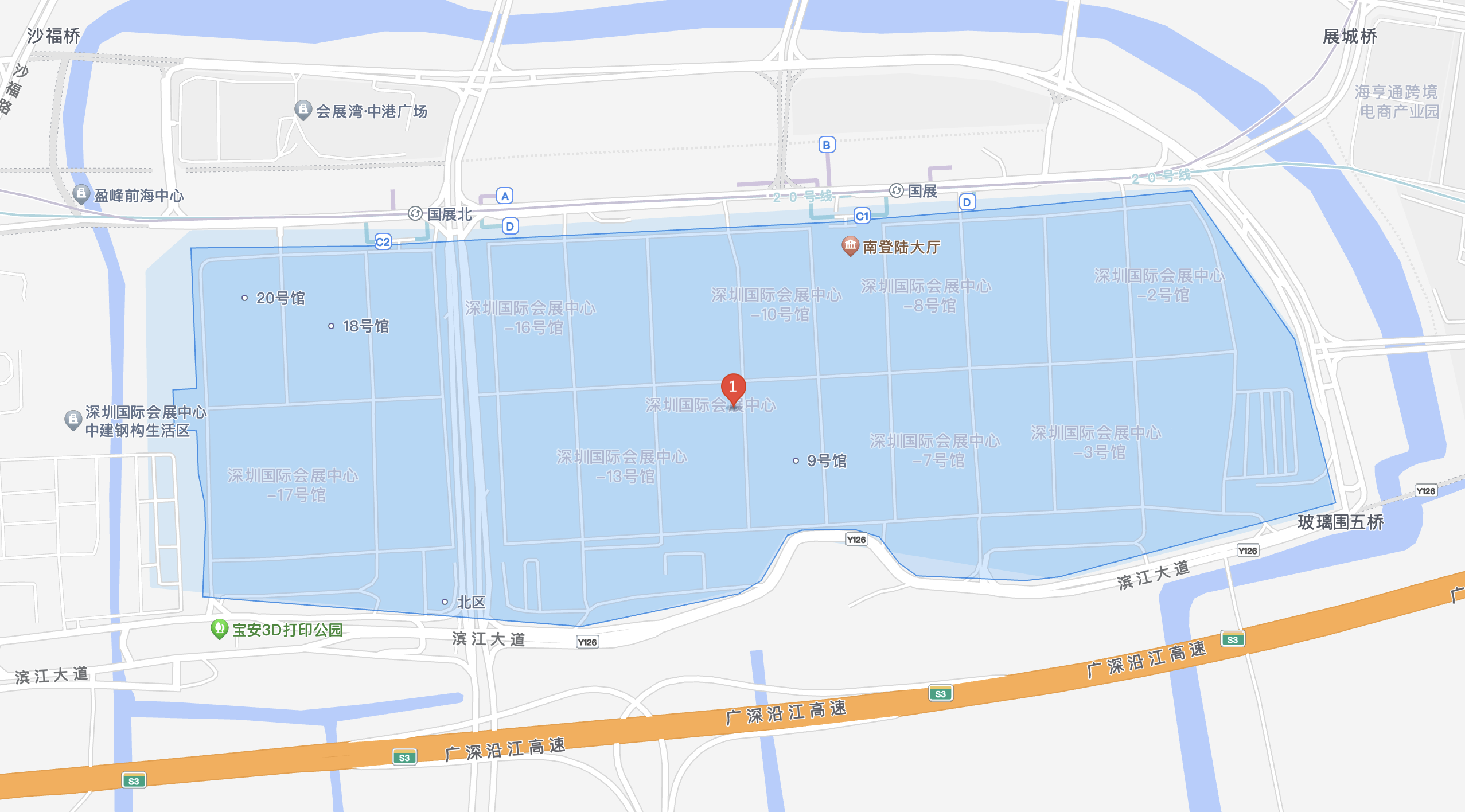Magnetic sensors are a type of sensor device that is widely used in modern industry and electronic products. They detect changes in the corresponding physical quantities by converting changes in the magnetic properties of sensitive elements caused by external factors such as magnetic fields, currents, stress strains, temperature, and light into electrical signals.
In the large category of magnetic position sensors, there are magnetic sensors based on the Hall effect, AMR sensors based on the anisotropic magnetoresistance effect, GMR sensors based on the giant magnetoresistance effect, and TMR sensors based on the tunnel magnetoresistance effect. These are the core sensing technologies in current position sensing applications, and the latter three are collectively referred to as magnetoresistance sensors.
Traditional Hall to 3D Hall
From the perspective of the application end usage rate, the magnetic sensor based on the Hall effect is undoubtedly the most popular technical route. Its advantages are mature technology, simple structure, small size, light weight and high cost performance. In many high-end application scenarios, such as automobiles, robots, and industrial automation, there are still many Hall effect magnetic sensors in use.
In this type of scenario, 3D Hall effect position sensors are increasingly used and are a type of sensor that has received much attention in recent years. By placing independent Hall elements in the three directions of the X, Y and Z axes, 3D Hall sensors can simultaneously measure the magnetic field strength of an object on three axes, thereby realizing the three-dimensional magnetic field perception of the object.
3D Hall effect position sensors can provide multiple magnetic field ranges to cope with different strong magnetic field environments to ensure reliability. 3D Hall with high bandwidth measurement also improves the overall speed of sensor sensing.
At present, there are relatively few manufacturers that can provide 3D Hall sensors on the market compared to traditional Hall sensor manufacturers, and the transformation from traditional Hall to 3D Hall is not easy. Many domestic manufacturers have already launched 3D Hall sensors, such as Canrui, Quintiles Core, Hall Micro, etc.
According to the 3D Hall sensor industry analysis report released by QYResearch, the global 3D Hall sensor market is expected to reach US$190 million in 2029, with a compound annual growth rate of 8.5% in the past five years. The demand for high-precision sensing in applications such as automobiles, industrial automation, aerospace, and smart home appliances that require accurate measurement of magnetic fields is vigorously promoting the development of 3D Hall.
Growth in the automotive market drives the popularity of magnetoresistive sensing
All three types of magnetoresistive sensors are based on the most primitive magnetoresistive effect, that is, when a magnetic field is applied to a conductor with current, the resistance value of the conductor will change significantly. AMR magnetoresistive sensors use the scattering anisotropy of electrons, GMR magnetoresistive sensors use the characteristic that the resistivity of magnetic materials changes greatly when a magnetic field is applied, and TMR magnetoresistive sensors use the characteristic that the size of the tunnel resistance changes with the relative direction of the ferromagnetic materials on both sides.
AMR, GMR and TMR, the three types of magnetoresistive sensing technologies are increasingly difficult, and the same is true for structural complexity, cost and process difficulty, which are matched with higher sensitivity and greater magnetoresistive effect. Taking the magnetoresistance ratio ΔR/Rmin, which represents sensitivity, as an example, AMR is about 3%, GMR is about 15%, and TMR is directly increased to more than 50%.
These types of sensors play an irreplaceable and important role in the fields of magnetic field and current measurement such as automotive sensing, smart grid, and new energy. In recent years, with the development of materials, components, circuit technology, and sensor technology, these high-tech threshold and high-cost technologies have begun to be applied more and more, and are gradually replacing Hall as the new generation of integrated magnetic field sensor technology representatives.
There are more and more manufacturers in the relevant sensor technology track, and each manufacturer has been continuously enhancing its magnetoresistive sensing technology strength. NXP has obtained the technology authorization of Crocus, a leading TMR manufacturer; TDK acquired Micronas, a Hall sensor manufacturer, and Infineon is constantly exploring the integration of magnetoresistive sensing xMR to take into account the advantages of various magnetoresistive sensors; Multidimensional Technology is constantly innovating in TMR and AMR products; Allegro focuses on the GMR track and explores the TMR track at the same time.
The popularity of magnetoresistive sensing has a great relationship with the automotive market. As cars develop towards electrification, intelligence, and networking, the demand for magnetic sensing has increased greatly, and the number and value of magnetic sensors carried by a single car have continued to rise. In order to match automotive electronic systems, magnetoresistive sensing has begun to accelerate penetration.
Conclusion
Judging from the trends of the current major magnetoresistive sensor manufacturers in the industry, the integration of magnetic sensing technology is becoming a trend. Whether it is the integration of Hall plus magnetoresistive sensing technology, or the integration of different magnetoresistive sensing technologies, the integration of multiple technologies on a single sensor brings stronger competitiveness. It is foreseeable that more and more combined technology products will appear in the magnetic sensing market in the future to match the sensing needs of high-end electronic equipment systems.
This paper is from Ulink Media, Shenzhen, China, the organizer of IOTE EXPO (IoT Expo in China)
Join us at August 28–30 in Shenzhen, and let’s shape the future of technology together!
To register IOTE 2024 Shenzhen station:
https://eng.iotexpo.com.cn/sz/Visitors.html?lang=EN&source=YJ1


















